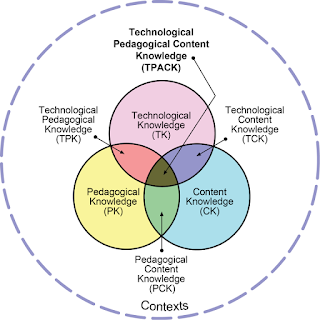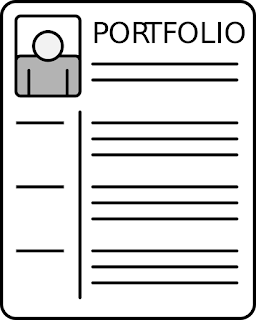TPACK Part 2: ODE implications

Elevator tale: this post tries to place TPACK in an ODE context. ODE works best when design is consistent, creative, collaborative, and comprehensive across the student tuition experience. These suggest a team-based approach to TPACK, involving specialist TEL and learning design roles working with subject experts. This teamwork often leads to tensions, which might be managed through a sound design methodology (such as Agile). In the previous post I provided an overview of TPACK and noted that "The goal for all TEL practitioners and online educators is the nirvana of TPACK, where Technology, Pedagogy And Content Knowledge all synergise into an optimal learning experience for the student." In this post I want to suggest how that nirvana might be reached in online and distance education (ODE) contexts. It's important to begin with a description of the main elements of the online and distance context of practice. Four foundational principles for effective online distanc

